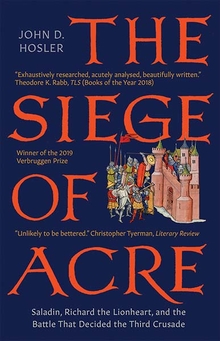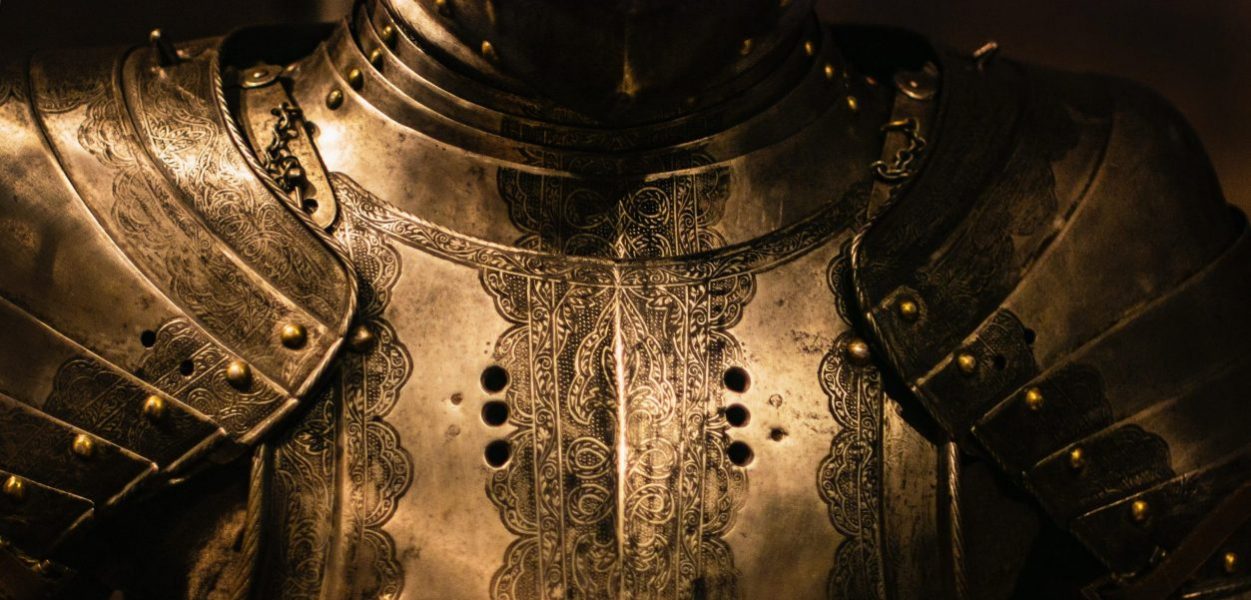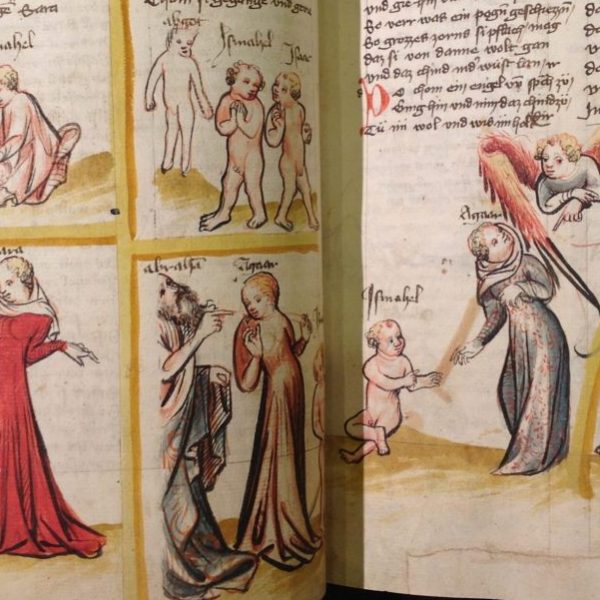The Siege of Acre
John D. Hosler—
Richard the Lionheart lowered his lance and drove it into the shoulder of his jousting opponent, the celebrated Ayyubid sultan Salāh al-Dīn (Saladin), knocking him and his horse to the ground. The force of Richard’s charge was unstoppable. He pushed forward, swinging his battle-axe, to slay wave upon wave of Muslim fighters. His bloody attack was so audacious, so glorious, that it inspired his knights to join the charge. More than 60,000 Muslims lost their lives.
Richard and Saladin’s momentous clash has gone down in history as a shining example of English heroism in the face of an obdurate enemy. The joust, however, never actually happened: rather, it is a well-known legend in a mid-thirteenth-century text, the Romance of Richard Coeur de Lion. Nevertheless, that legendary encounter between the leaders is emblematic of the very real war in which they fought: the Third Crusade, which saw the armies of Saladin and Richard meet several times, most famously in the latter’s great victories at Arsur and Jaffa in 1191 and 1192. And, despite Richard’s inability to recapture the ultimate prize of Jerusalem itself, which has led many historians to dub his crusade a failure, his valorous reputation was made – and has endured – on the basis of his military exploits in the East.
The fighting of the Third Crusade, however, began long before Richard the Lionheart ever arrived in the East. In the summer of 1189, thousands of Christian soldiers gathered before the walls of the city of Acre. Called Ptolemais in the Bible and Akko in modern times, the peninsular city was one of the principal harbors on the Levantine coast. Acre had been captured by Saladin during his momentous campaign of 1187, during which the sultan not only destroyed the army of the Kingdom of Jerusalem at the Horns of Hattin, but also retook the Holy City itself. The kingdoms of Western Europe girded themselves for another crusade in response. In the meantime, the unraveling of Saladin’s gains had to begin somewhere, and Acre was to be the starting point. It was there that the armies of the Third Crusade gradually assembled and set about the brutal business of holy war.
The siege of Acre was the central action of the Third Crusade and, at nearly two years in length, was also one of the longest western-led sieges of the entire middle ages. It was a complex, multi-stage affair. The besieging Christians soon found themselves under attack from a Muslim army led by Saladin himself, which encircled the crusader camp and threatened to end the operation in short measure. In response, the crusaders built ramparts and dug ditches to protect themselves, which consequently trapped them between the sultan and the garrison defending Acre. The Muslims responded to every crusader action in tandem and with clever and carefully coordinated attacks against the ramparts and repulses of hostile sorties. This forced the westerners to fight on two fronts while desperately straining their necks in the hope of spotting seaborne reinforcements from the Mediterranean. Those ships, a sporadic but vital lifeline to the outside world, provided enough succor that the crusaders were able first to endure the assaults, and then to survive disease, starvation, and despair. Finally, led by the late-arriving kings Richard and Philip II Augustus of France, the soldiers managed to break through Acre’s walls and achieve an improbable victory in July 1191.
The siege of Acre is therefore not the history of a single event, but rather a singular phenomenon: an extended period of regular warfare between two sides, during which their respective communities fought, negotiated, suffered, persevered, and rejoiced. And all this in the context of the most famous religious wars in history, the Crusades, waged between tens of thousands of men and women and led by the most renowned warriors of the age.
From The Siege of Acre, 1189–1191 by John D. Hosler. Published by Yale University Press in 2020. Reproduced with permission.
John D. Hosler is associate professor of military history at the Command and General Staff College. His previous books include John of Salisbury: Military Authority of the Twelfth-Century Renaissance.
Further Reading:



























